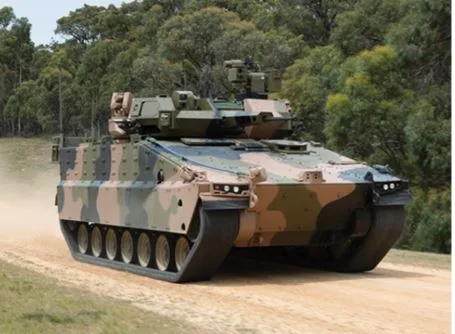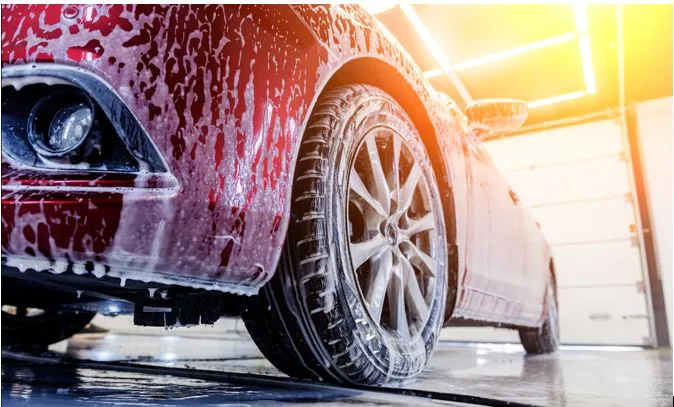Defense Industry Advances Push the Limits of Weight and Protection in Modern Armored Vehicles
Tel Aviv-Yafo, Israel – Defense analysts predict that 2026 will mark a pivotal stage in the evolution of armored vehicles, as research institutions and manufacturers intensify efforts to balance protection, mobility, and efficiency. Current development programs emphasize ultra-light composites, modular armor kits, and hybrid-electric propulsion, enabling next-generation fleets to retain survivability while minimizing excess mass.
Procurement data from NATO and European sources shows a 24% increase in lightweight-armor integration across new tactical vehicle programs since 2023, reflecting a global shift toward agile, mission-specific protection rather than traditional fixed-armor philosophies. The trend spans light armored vehicles, infantry fighting vehicles, and multi-role patrol systems that must remain fast, fuel-efficient, and adaptable.
For decades, the dilemma has remained constant: heavier armor improves survivability but limits speed, range, and maneuverability. Excess weight affects not only battlefield performance but also logistics and transport. Defense engineers are now rethinking design priorities-pursuing optimized protection-to-weight ratios that support rapid deployment across diverse environments. This balance is especially vital for modern light armored vehicles, which must combine agility with enduring protection.
Breakthroughs in materials science are transforming the fundamentals of vehicle protection. Ceramic-metal composites, aramid fibers, and titanium-alloy laminates now replace sections of conventional steel, providing equal ballistic resistance at up to 35% less weight. These materials enhance mobility and extend range across all armored-vehicle classes.
Internally, spall liner systems absorb and contain secondary fragments from ballistic impacts, greatly improving crew survivability without significant mass gain or structural compromise.
Blast protection remains a defining element of modern combat platforms. Energy-absorbing V-shaped hulls, reinforced underfloors, and floating seat systems redirect explosive energy away from occupants, reducing the effects of mines and improvised explosive devices (IEDs).
Simulation data from 2025 trials revealed up to a 40% reduction in acceleration forces transmitted to crews compared with previous models. These innovations are being adopted across infantry fighting vehicles, MRAPs, and agile patrol platforms such as the SandCat, where mobility and survivability are equally critical.
No single configuration suits every mission. Modular armor systems now enable operators to adjust protection levels according to terrain and threat. Lightweight kits support reconnaissance or logistics roles, while heavier composite modules can be attached for frontline deployment-all on a single vehicle chassis. This scalability allows light armored fleets to transition seamlessly between high-speed mobility and maximum protection.
The rise of Active Protection Systems (APS) is redefining how armor weight is distributed. Using radar, optical, and acoustic sensors, APS detects and intercepts threats before impact, reducing reliance on thick passive plating. Unmanned Ground Vehicles (UGVs) are also integrating these capabilities, combining lighter frames with data-sharing networks that feed directly into the evolution of crewed armored vehicles.
Hybrid-electric propulsion is emerging as a cornerstone of future military mobility. By lowering fuel dependency and freeing weight capacity, hybrid systems create space for enhanced protection or advanced sensors. Digital-twin simulations now predict how composite materials and spall liners respond under extreme conditions, accelerating design cycles.
As 2026 approaches, defense engineering is converging toward equilibrium-vehicles that are lighter, stronger, and smarter. From infantry fighting vehicles to tactical patrol systems like the SandCat, the next generation of armored platforms proves that mobility and survivability can finally exist in balance.
Media Contact
Upper Group
Info@upper.co.il
Rothschild 8
Tel Aviv
IL






